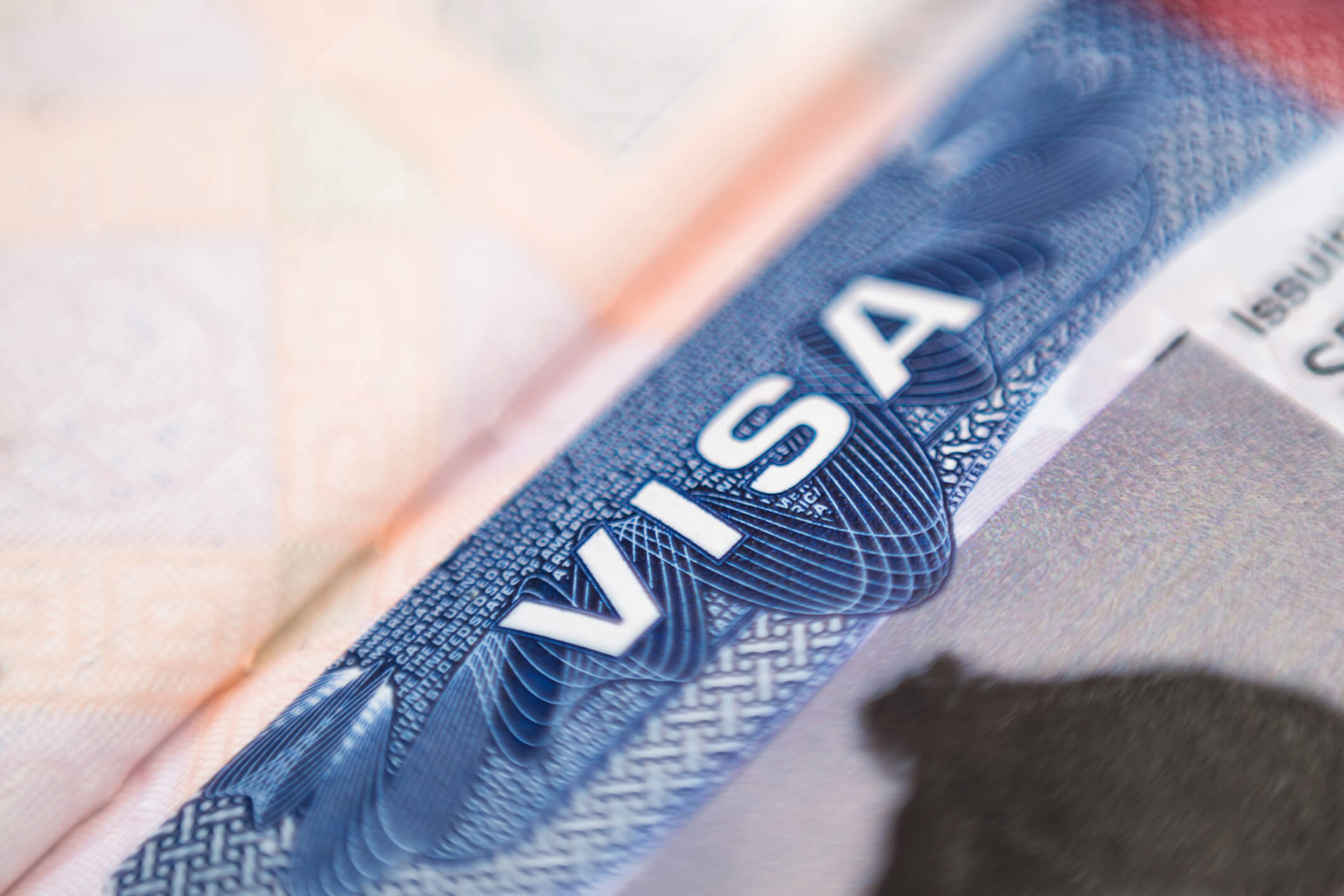Having looked back on major immigration developments in 2009, many are wondering what to expect in the new year. Some recent developments reported in various media outlets might be a good place to start the discussion:
- More Audits and Investigations. Department of Homeland Security (DHS) Secretary Janet Napolitano defended the agency’s immigration enforcement tactics involving employers, including I-9 audits, fines and criminal prosecutions. Expect more of the same and perhaps some increase in such activities in 2010.
- H-1B Fraud and the H-1B Cap. United States Citizenship and Immigration Services (USCIS) began conducting H-1B employer site visits in 2009 following issuance of a 2008 report which found that nearly 21 percent of all H-1B filings involved fraud or technical violations. These site visits are expected to continue in 2010. Additionally, USCIS plans to implement the Verification Initiative for Business Enterprise (VIBE) program pursuant to which USCIS adjudicators will have the ability to verify data about sponsoring employers (for all work-related petitions, not merely H-1Bs) through the government’s contractor, Dun and Bradstreet. Lastly, USCIS plans to implement an electronic registration program for petitions subject to the H-1B cap. Employers will register and provide basic information to USCIS in the event a lottery is conducted to determine which cases will be processed under the H-1B cap and which will be rejected. This system may spare employers the trouble of filing a complete petition only to have it rejected and not processed due to the cap.
- E-Verify Self-Check System. USCIS is developing a worker self-check function enhancement to the E-Verify electronic employment verification database. The enhancement would thus allow workers to resolve system discrepancies in advance of the hiring process.
- E-Verify Expansion. E-Verify was created in 1996 legislation as a pilot program. The program has been extended several times with the most recent extension being for three years, through 2012. The program now has over 175,000 employer participants, with a large number of employers being required to participate by virtue of state laws and/or the recently implemented regulation requiring certain federal contractors to use the system. In 2010, DHS plans to add passport and visa photos to the system. Several proposals have been considered in Congress to make the program permanent and also require participation by all employers. However, proposals have also been circulated that would replace E-Verify with a new system. With all the time and money that has been invested, it would seem safer to assume that E-Verify is here to stay and may well become mandatory in coming years.
- More I-9 Changes. USCIS plans to once again revise the I-9 form in the second half of 2010 and remove certain identity documents from List B that are not state-issued.
- Comprehensive Immigration Reform? DHS Secretary Napolitano has gone on record supporting Congressional changes to the nation’s immigration system. Just within the past few days, the new Democratic leader on immigration reform, Rep. Luis Gutierrez of Illinois, announced the outline of a new comprehensive immigration reform bill. The measure will include a “legalization” program for the estimated 12 million persons illegally present in the United States.
While no one can be certain what 2010 will bring, the prudent course for employers would be to ready themselves for increased enforcement actions. Such preparation should include: a self-audit of I-9 records; revisiting I-9 policies and ensuring proper training of responsible personnel; researching whether to implement E-Verify (and using it where required by law); reviewing visa beneficiary sponsorships to ensure petitions and other filings (such as Labor Condition Applications relating to H-1B petitions) are accurate and in compliance with applicable laws and to prepare for possible USCIS site visits; and to take appropriate action upon the receipt of a Social Security No-Match letter. As for preparing for comprehensive immigration reform, a wait-and-see approach might be best as there is too much uncertainty to effectively plan for what might (or might not) occur.
Note: This article was published in the December 2009 issue of the Immigration eAuthority.




